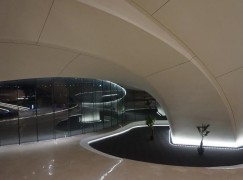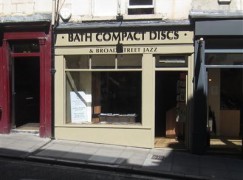Inside the world’s newest opera house
mainDerek Gleeson has sent us these fine shot from inside the glittering new Harbin opera house in China, where he is conducting the Dublin Philharmonic Orchestra.



Derek Gleeson has sent us these fine shot from inside the glittering new Harbin opera house in China, where he is conducting the Dublin Philharmonic Orchestra.


The German label Dabringhaus und Grimm has ordered…

We have been notified of the passing on…

We are hearing from disappointed concertgoers who booked…

It is no secret that, for the past…

Session expired
Please log in again. The login page will open in a new tab. After logging in you can close it and return to this page.
Comments